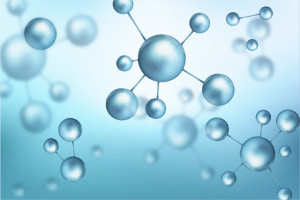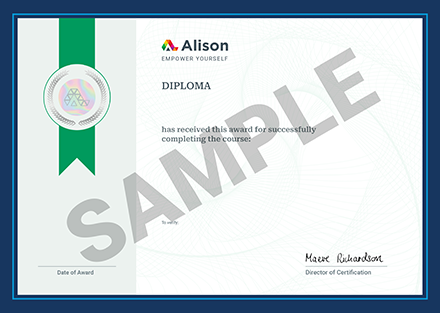
Advanced Diploma in Biomolecules: Nucleic Acids and Peptides
- Learners already enrolled
This Free Online Course Includes:
- Hours of Learning
- CPD Accreditation
- Final Assessment
COURSE PUBLISHER -
Advanced Diploma in Biomolecules: Nucleic Acids and Peptides
In this free online course, you will learn about various biological molecules and their role in diseases and treatment.
This free online course on Biomolecules reveals many secrets about nucleic acids, pep... This free online course on Biomolecules reveals many secrets about nucleic acids, peptides and carbohydrates, both natural and artificial. You will learn where and how different biomolecules are produced naturally as well as how they can be replicated or synthesized in the laboratory, with or without variations. You will also learn about the various modern techniques in Chemical Biology for the diagnosis and treatment of diseases.
COURSE PUBLISHER -
In This Free Course, You Will Learn How To
- -
- -
- -
- -
Complete This CPD Accredited Course & Get Your Certificate!
Certify Your Skills
A CPD accredited Alison Diploma/Certificate certifies the skills you’ve learnedStand Out From The Crowd
Add your Alison Certification to your resumé and stay ahead of the competitionAdvance in Your Career
Share your Alison Certification with potential employers to show off your skills and capabilities
Learner Reviews & Feedback For Advanced Diploma in Biomolecules: Nucleic Acids and Peptides
View More Reviews
Back to course information
Want to create a customised learning path for your team?
Our dedicated Learning Advisors are here to help you curate a customised learning path tailored to your organisation's needs and goals.










 Knowledge & Skills You Will Learn
Knowledge & Skills You Will Learn







